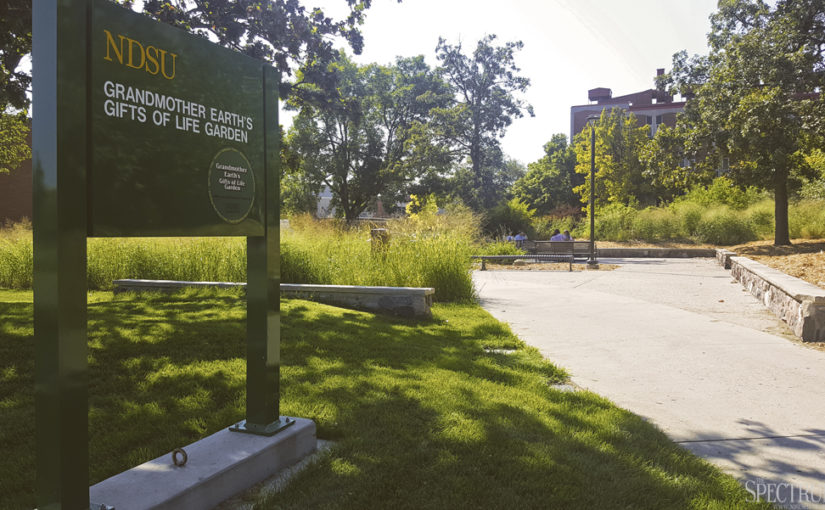Community leaders from Morton County and the Standing Rock Sioux came together Saturday, Aug. 26 to educate North Dakotans on the five tribal nations and to bring some understanding to the events surrounding the Dakota Access Pipeline.
The Dakota Access Pipeline, and the protests surrounding it, have been a focal point of news in North Dakota, and to a lesser extent, the nation for a little over a year. Now that Sacred Stone Camp has been evacuated and construction continues to make its way through North Dakota, communities in North Dakota, both tribal and local, are coming together to bridge the divide.
Lorraine Davis, executive director of the Native American Development Center and organizer of the event, says the purpose was to offer “perspectives on reconciliation and native nation rebuilding… (and to) foster understanding of cultural differences” in North Dakota tribal relations.
“There is a divide in these communities … but counties and tribes should work together, they should communicate, do what they can to help each other,” Hannah Youngdeer, president of the NDSU Native American Student Association, said, addressing the strained relationships between local and tribal communities following the protests.
“Events like these are important because it acknowledges that an issue exists and holds people accountable for their actions…no matter what side it is,” Youngdeer said. She believes there is hope for a better relationship, but notes that all communities need time to heal.
“The local county, tribes and cities were all impacted in some way shape or form,” Scott J Davis Sr., commissioner for the North Dakota Indian Affairs Commission said, “and it is important that we try to mend these local relationships and make them better than before … it’s important to hear, listen to their perspective, in hopes of educating and forgiving.”
Davis and Davis Sr. believe future events like these can assist in fostering good will and cooperation between local communities and the tribes if all sides are willing to communicate and help the other understand their perspective of the situation, whatever it may be.
Chairman Cody Schulz of the Morton County Commission, said that it was clear that the Standing Rock leaders “were hoping to communicate the feeling that their perspective and concerns were not taken into account prior to the pipeline being built.”
Schulz also noted that “there was frustration with Standing Rock’s government … for not acknowledging the violence that occurred as the protest progressed.” Many in attendance at the event were locals that “wanted to share their stories of the damage, fear and loss of income they experienced” during the protests.
Despite all the frustration and anger, Schulz said that ultimately “everyone involved wanted to share their optimism that with continued effort and time (they) can move past the protest and continue to better state and tribal relations” and that after respectful discussion they find a lot in common.
Schulz said, “We all want safe communities, good schools, economic opportunities and a clean environment to live in … on and off the reservation.”
